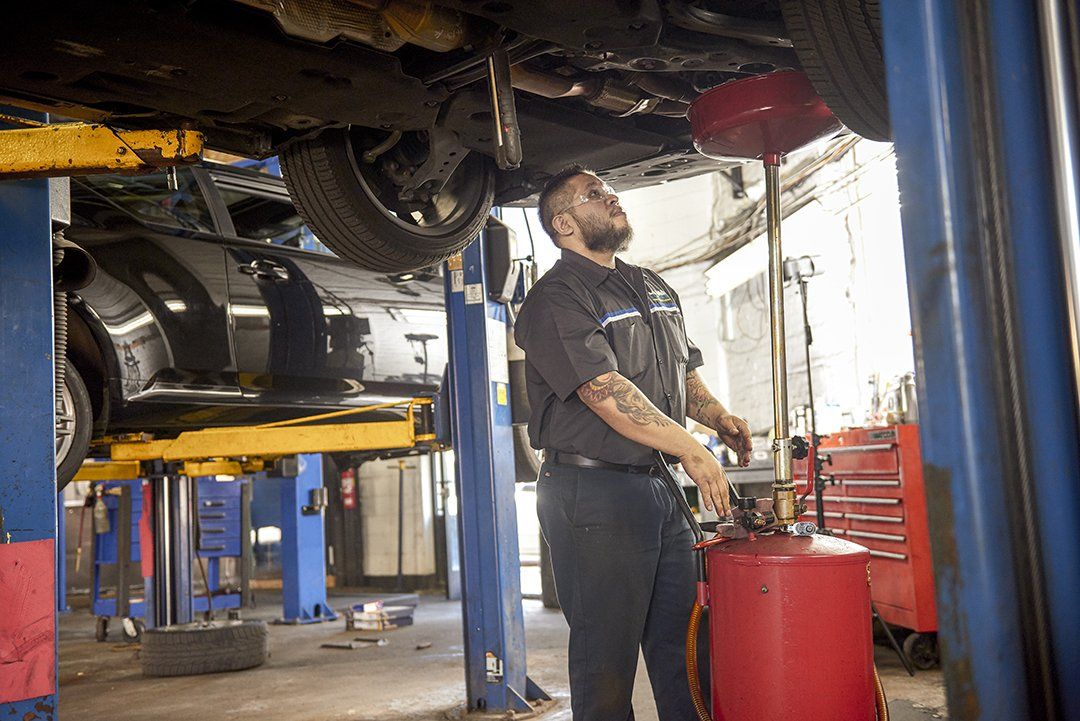Modern vehicles commonly come furnished with either Four-Wheel Drive (4WD) or Four-wheel Drive (AWD) systems, both made to enhance traction and control. While they serve similar objectives, their applications and functionalities differ.
4WD systems, commonly located in trucks and SUVs, are crafted for off-road problems and heavy towing. They enable chauffeurs to switch in between two-wheel drive (2WD) and 4WD settings, providing flexibility based on surface and driving requirements. This versatility makes sure optimal efficiency whether navigating city roads or sturdy routes. The included components in 4WD systems can lead to boosted upkeep needs and possible for repair work.

AWD systems, on the other hand, are normally found in sedans, station wagons, and sporting activities autos. These systems automatically disperse power to all 4 wheels, enhancing traction in various driving conditions without chauffeur treatment. While AWD offers improved managing and stability, especially in unfavorable weather, it additionally introduces added mechanical intricacy, which may necessitate much more constant upkeep.
Normal inspections and upkeep are important for both systems to make sure longevity and integrity. Elements such as differentials, transfer cases, and centers ought to be routinely checked by licensed specialists. Appropriate maintenance not just protects against costly fixings yet additionally makes sure that your automobile performs ideally, no matter the driving problems.

Check for more info at Logan Square Auto Repair - Four-Wheel-Drive System Service & Repair Facebook Youtube Instagram
Navigation
Latest Posts
Hyundai of Albany University Grad Program-- Drive right into Your Future
Ron Marhofer Buick GMC - Complete GMC SUV Overview in North Canton, OH
Bill Walsh Toyota